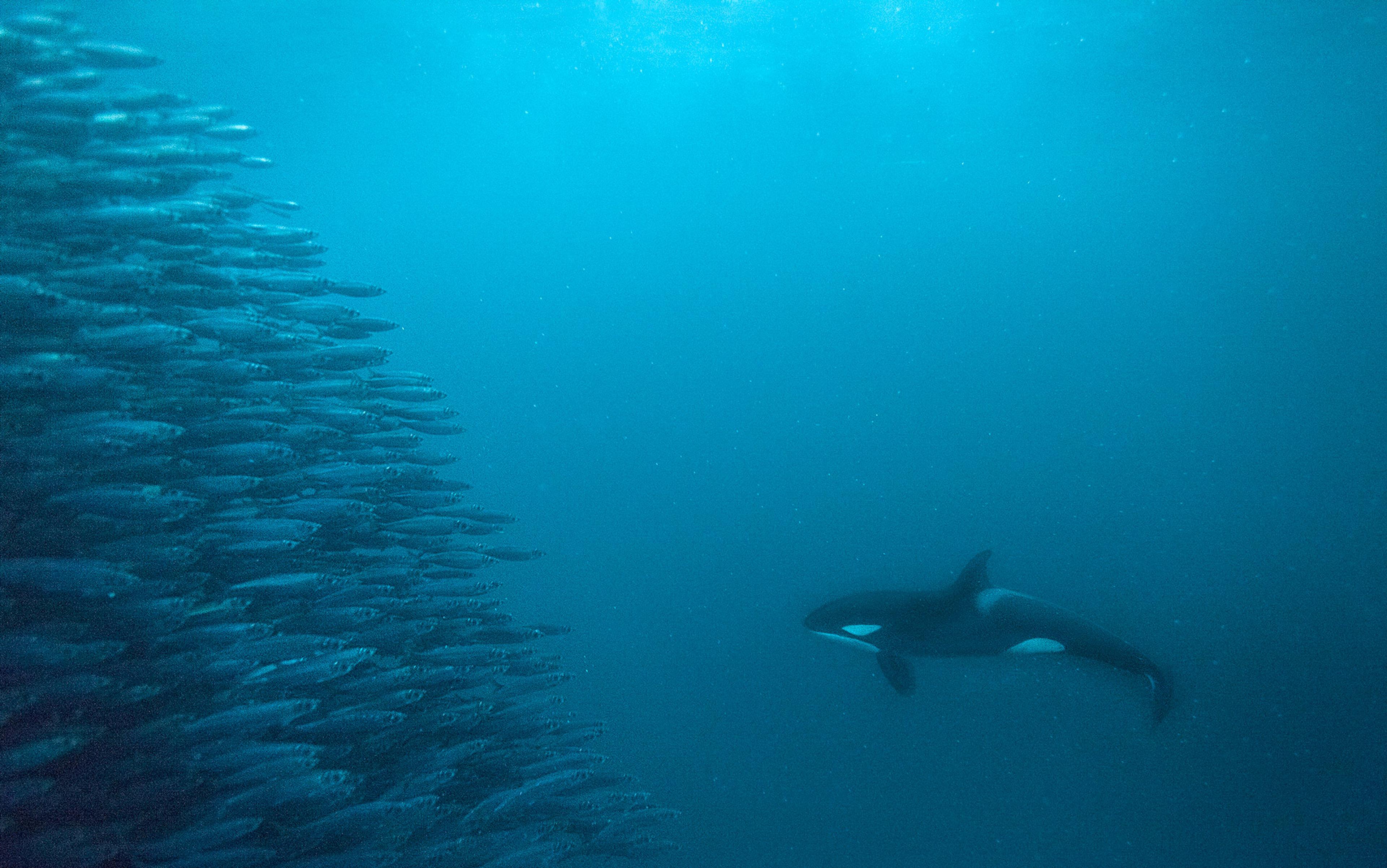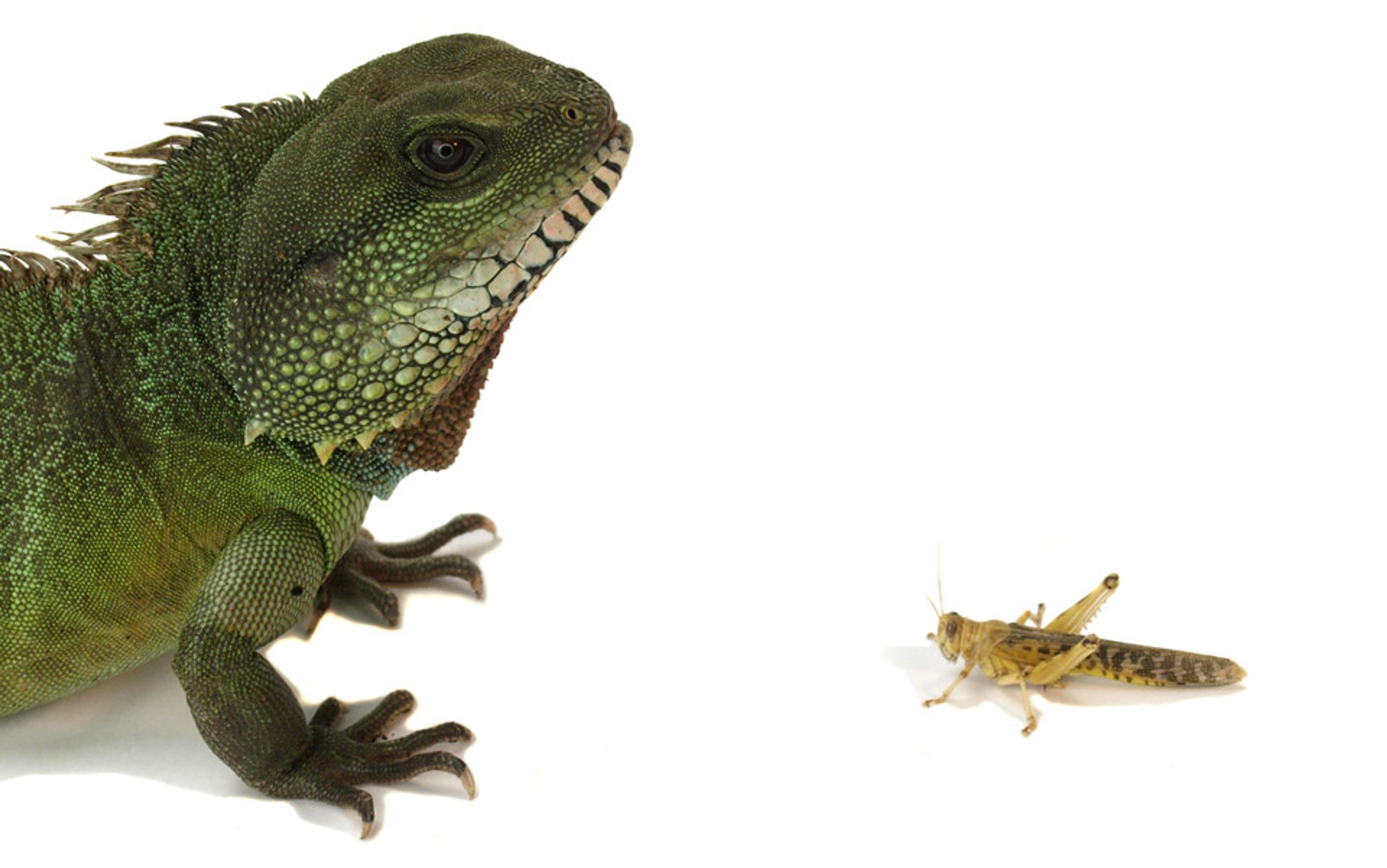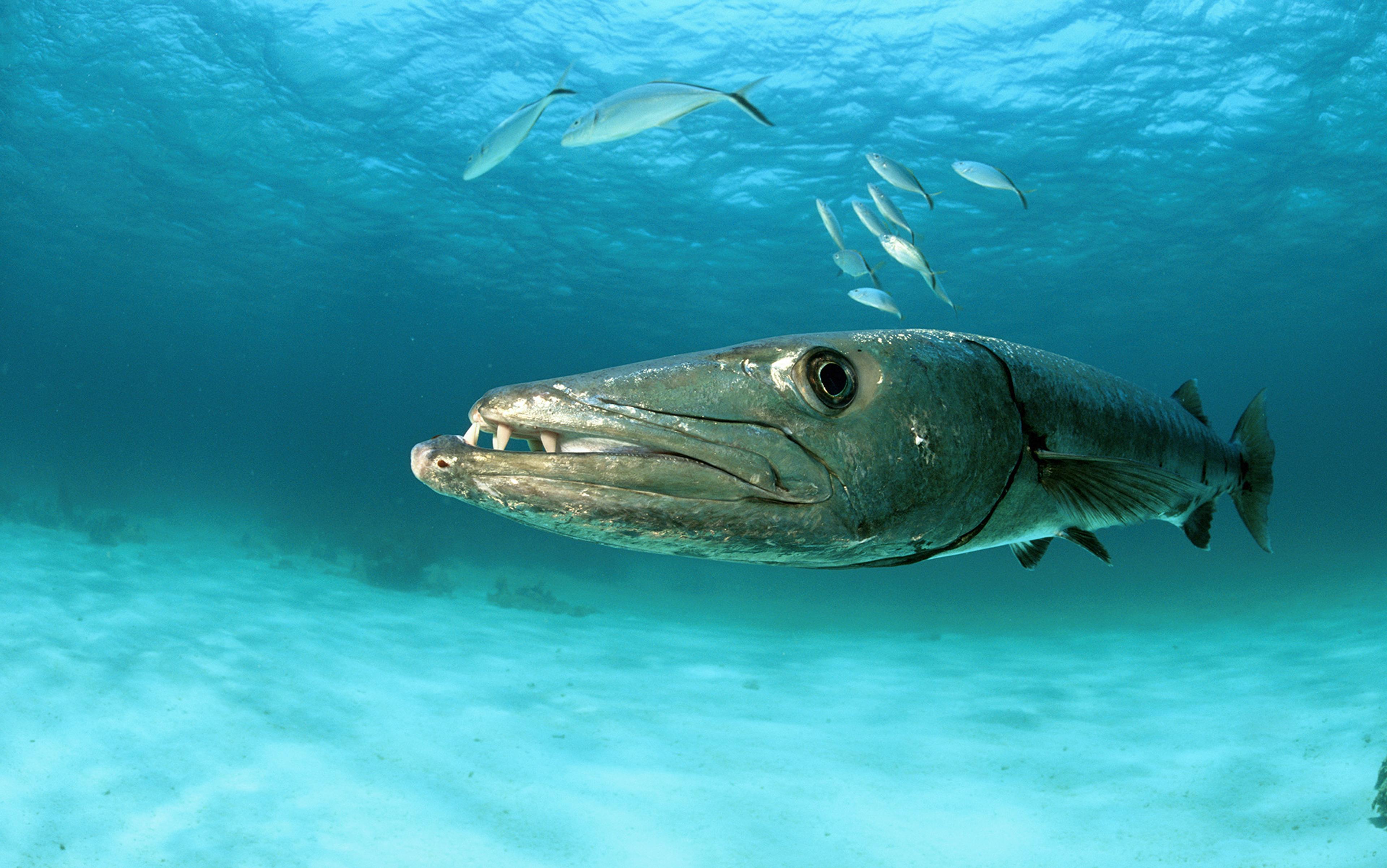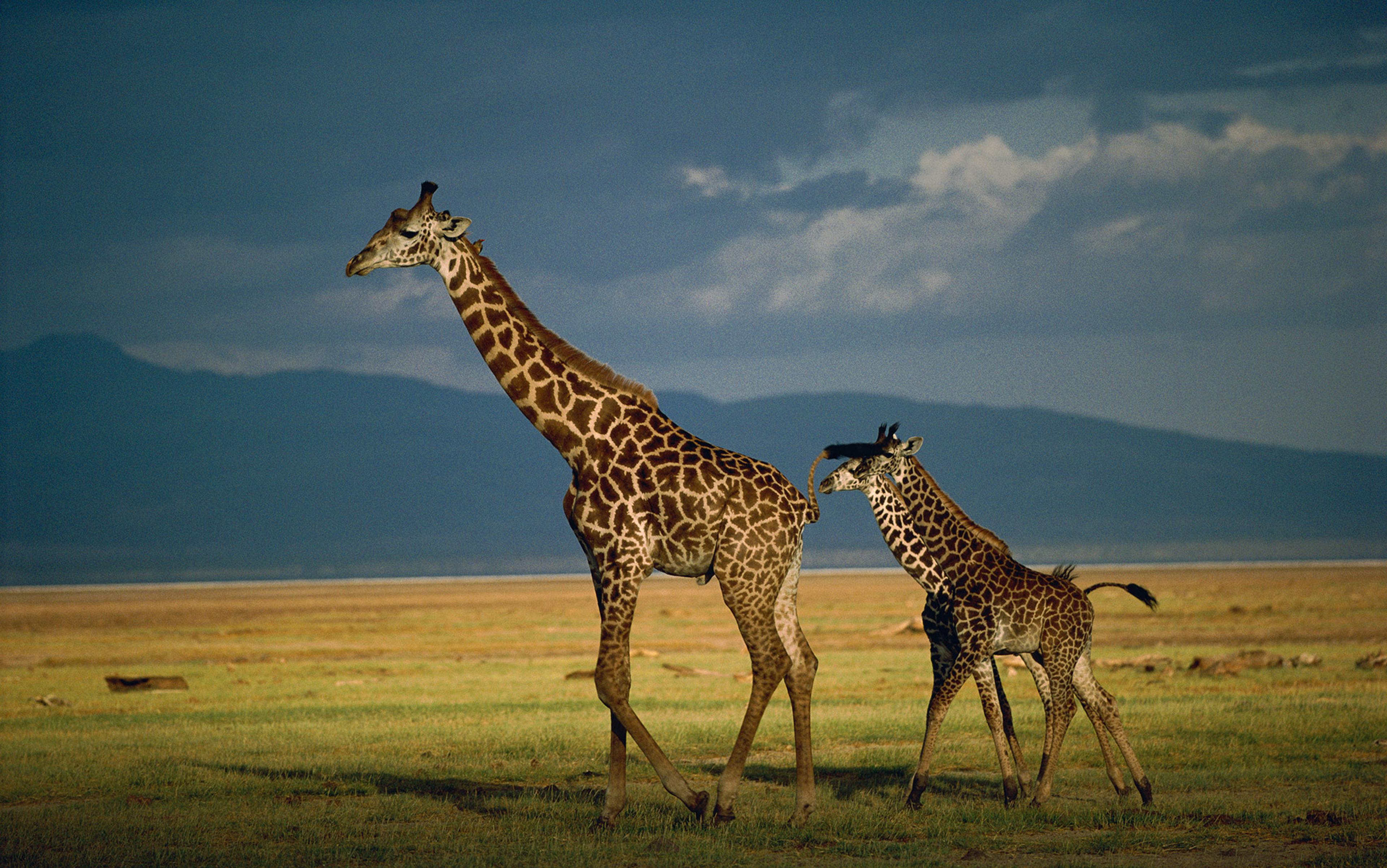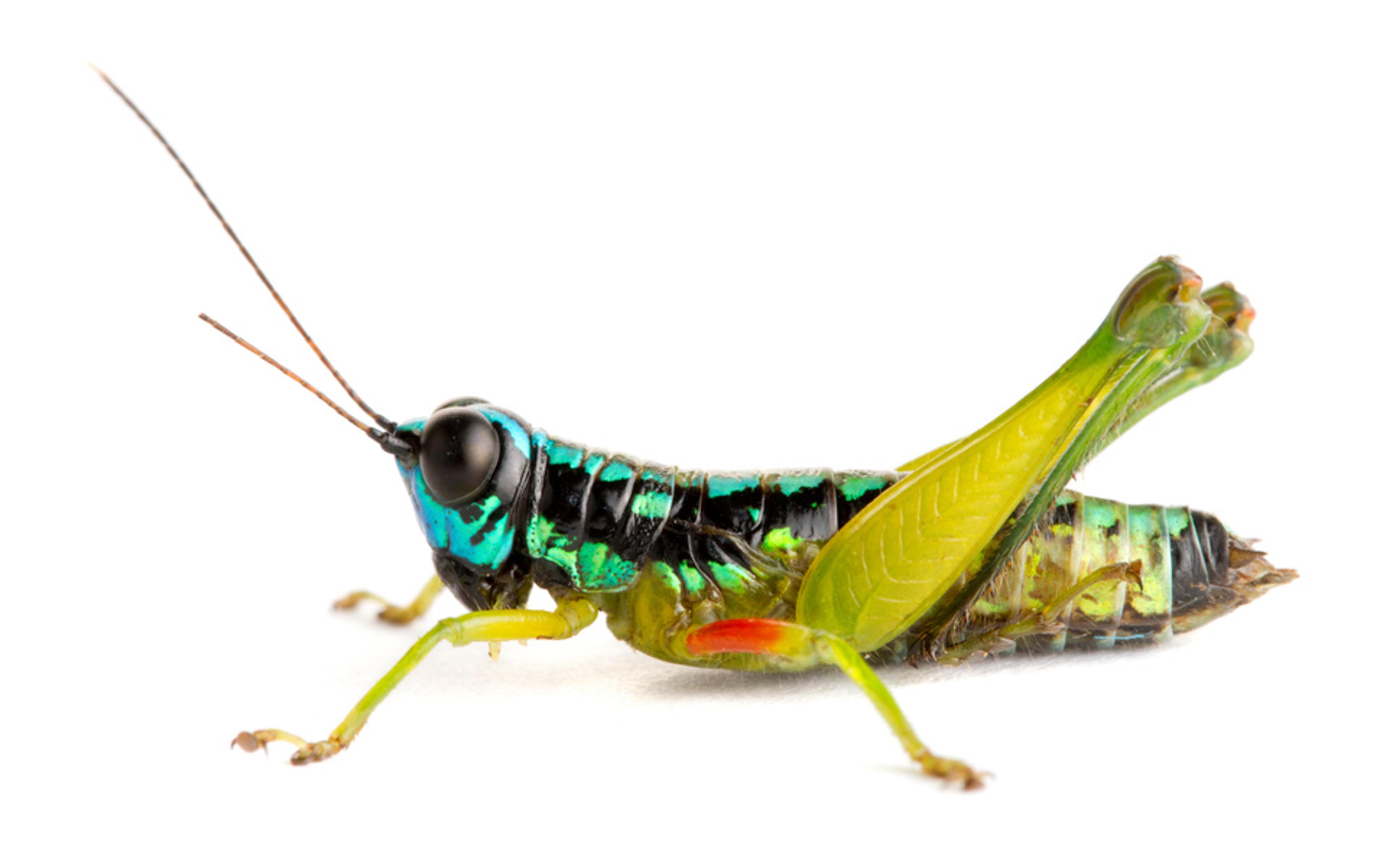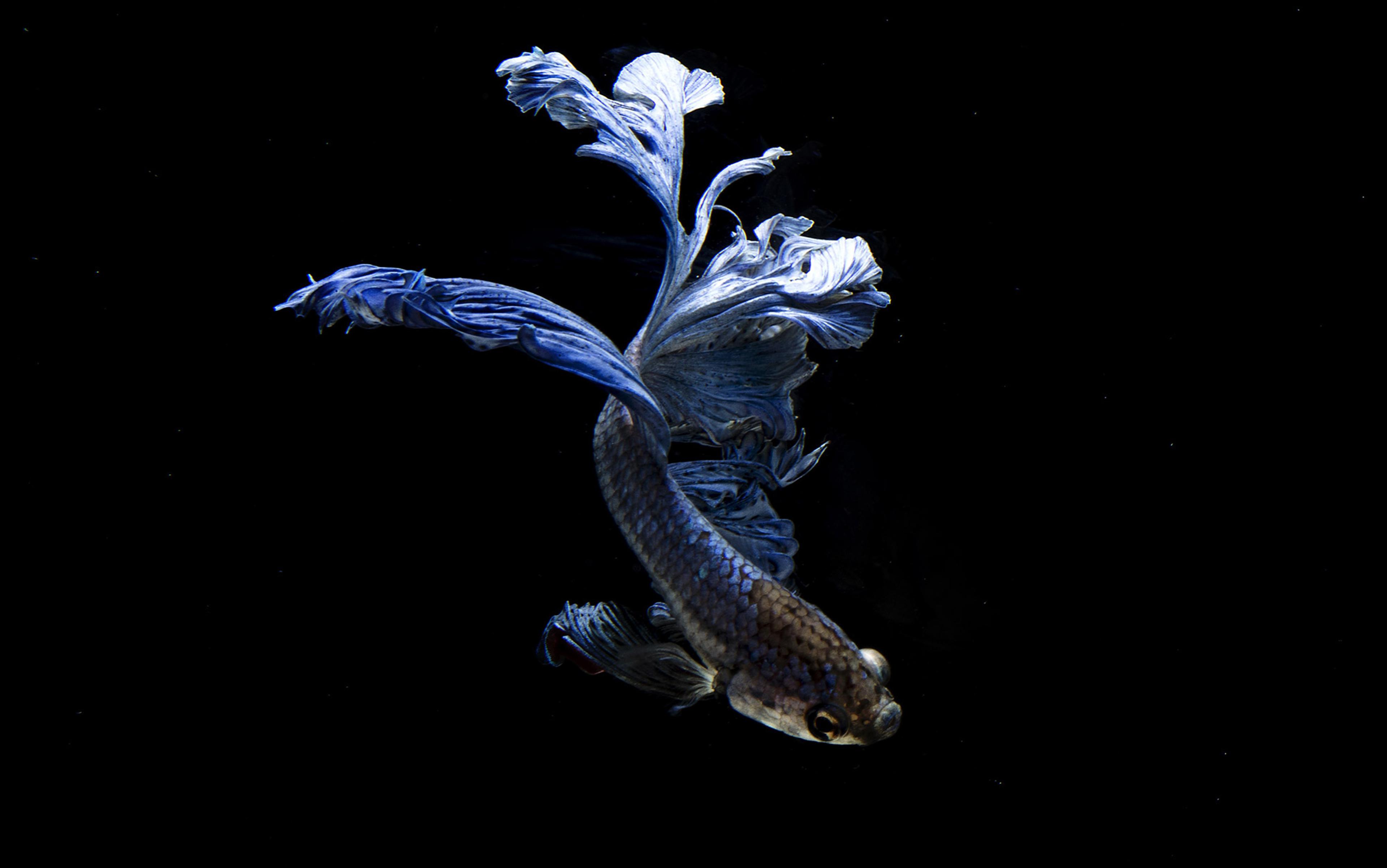Life is immensely complex. At every level, from molecules and cells to entire organisms and the intricate ecological balance between species, biologists are amazed by the staggering complexity and interconnectedness of life.
Historically, biologists have approached the complexity of life in two ways. Peering into the tapestry of complexity, one way is to search for general threads of order that weave together seemingly disparate facts. For example, while life is incredibly diverse, all living things are well fit to their environment. Charles Darwin, the father of evolution, discovered that a single process explained how this happened – he called it natural selection. All species have variation in their traits – some have thicker fur or longer beaks – and if any of those differences help the organism survive and reproduce, it will pass on that trait to future generations.
Over time, this moulds organisms to become well adapted to their environment. In this view, evolutionary theory becomes a unifying idea in biology. All organisms, from microbes to jellyfish, ferns to elephants, are connected by the common thread of evolution. If there are truly universal laws governing how organisms evolve, then we should be able to represent these rules mathematically in the same way a physicist expresses universal concepts like the laws of motion. This approach has been taken by population genetics – since its beginnings in the 1910s, population geneticists have derived hundreds of mathematical equations to describe how evolution occurs under a myriad of conditions. Often, these equations are agnostic to whether the organism is a bird or a shrimp, they are concerned only with transmission rules (that is, how genes are passed on to the next generation), and the processes that bias those rules (ie, evolutionary forces).
The other way of approaching complexity is to look upon the tapestry and conclude that no general rule or law can unite these threads. Biology is not like physics – there are too many variables in the real world to represent life as a mathematical expression. A single concept like ‘natural selection acting on variation’ cannot possibly help us understand why some microorganisms, like Paramecium, have scrambled DNA that has to be rewired every time they need to build a new cellular feature. Or how genes get turned off or on by interacting with an intricate array of molecules that are themselves modulated by different environmental cues. To understand life is to study each molecule, cell, individual and species as a unique feature of the world. Evolution, in this view, becomes the study of a mountain of individual facts, each of which tell us something new about evolution as a process. Each new discovery is a paradigm shift, a cause to update the textbooks, and promotes the view that evolutionary theory is in a constant state of extension and revision.
While these two views of biology should be complementary, they have often been bitterly at odds. As the controversies oscillate in intensity, the past decade in biology has represented a heightened period of contention. Some have claimed that there is a ‘struggle for the soul of the discipline’ being played out – new discoveries in molecular, cellular and developmental biology are heralding a revolution in evolutionary thinking. Instead of a few fundamental principles, evolutionary biology, they contend, should be viewed through a pluralistic lens. We should scrap any attempt at finding analogues to the laws of motion for biology, and embrace the complexity – the only law in biology is that there are no laws in biology. These biologists and philosophers are united by little more than their scepticism of the first way of viewing life, and so have variously called for ‘extending’ evolutionary theory to downright replacing it with a new paradigm. Among the causes of evolution missing, according to this view, are concepts like niche construction, developmental bias, epigenetics, biological agency, etc. But to understand the current debate, it’s perhaps instructive to return to a previous peak in the wave function of biological disputes.
Sixty years ago, a debate raged between two titans of evolutionary biology that came to be known by some as the ‘beanbag debates’. At the heart of the debate were two differing views on how to study the living world – on one side were the ‘beanbag geneticists’, who believed the evolutionary process could be represented by mathematics, and that this was a fruitful way of elucidating general rules about the living world. The other side contended that this mathematics was overly simplistic and misleading, atomising organisms to nothing more than genes, and that it missed all the important complexities of real organisms.
The feud kicked off in 1959, at the centennial celebration of the publication of Darwin’s Origin of Species at Cold Spring Harbor in New York. The keynote address was delivered by the biologist Ernst Mayr. On the surface, the symposium seemed an incredible opportunity to reflect on everything evolutionary biology had accomplished since 1859. Mayr’s address was auspiciously titled ‘Where Are We?’ and would set the stage for the rest of the conference.
But Mayr had intentions beyond flattering his audience. As he took to the podium, he proclaimed that evolutionary biology had progressed through a series of phases, starting with the rediscovery of Mendel’s laws. In the early 1900s, biologists rediscovered Gregor Mendel’s 1860s work on pea plants, in which he found that the basic units of inheritance – called genes – were discrete particles that encoded the information for each trait an organism has. For example, in fruit flies, there are genes for whether wings are made straight or curly, and for whether eyes are red or white.
Coloured beans represent variants of a gene, and the bag itself is the ‘gene pool’
Next came the ‘classical population genetics’ era, which was the period in which biologists, especially R A Fisher, Sewall Wright and J B S Haldane, began applying mathematics to the study of evolution by combining Darwin’s idea of natural selection with Mendel’s rules of inheritance. And it was here that Mayr revealed the target of his critique, stating: ‘this period was one of gross oversimplification. Evolutionary change was essentially presented as an input or output of genes, as the adding of certain beans to a beanbag and the withdrawing of others.’
Thus, Mayr’s caricature of Fisher, Wright and Haldane’s mathematics became known as beanbag genetics. In introductory biology courses, students are often exposed to the ideas of evolution with this simplistic representation. You fill a bag with coloured beans – say, red and blue – that are meant to represent different alleles, or variants of a gene. The bag itself is the ‘gene pool’, the gametes of the parental generation that will produce the next. Students then draw two beans at random – these become the genotype of the offspring. From this simple analogy, the forces of evolution are what cause the proportions of coloured beans to change from one generation to the next. Thus, evolution is a change in ‘gene frequencies’.
Often, students can intuit the processes of evolution from the beanbag model with little additional guidance. For example, they know that, if they draw only a handful of beans instead of the full bag, by chance they will shift the distribution of coloured beans in the next generation. This is genetic drift. Next, dump the beans onto a blue background and ask them to pick up as many beans as possible within 10 seconds. Undoubtedly, they will pick mostly red ones, which stand out on the blue background, causing the blue beans to ‘survive’ and hence increase in frequency. This is natural selection. Add a new colour to the bag for mutation and randomly swap beans from two bags, and you get gene flow. These four forces of evolution – selection, drift, mutation and gene flow – are the fundamental processes that propel populations to change over time.
The next major phase of history, according to Mayr, was driven by new discoveries in genetics. They found that genes weren’t independent of each other like separate beans in a bag but would interact in complicated ways. You can imagine genes like knobs on a radio that can alter the volume, the treble, the bass or even the frequency of the radio waves, all of which influence the sound you hear from the speakers. The ‘newer population genetics’, as Mayr called it, found that if you altered one knob – say, you increased the bass – it would also decrease the treble. Altering one gene can have ripple effects throughout the entire system. How could the elementary beanbag model possibly explain these new discoveries?
Mayr remarked that the founders of population genetics – Fisher, Wright and Haldane – had ‘worked out an impressive mathematical theory of genetical variation and evolutionary change.’ But, he asked, ‘what, precisely, has been the contribution of this mathematical school to evolutionary theory, if I may be permitted to ask such a provocative question?’ In essence, he challenged the ‘beanbag geneticists’ to justify how the complexities of the evolutionary process could possibly be captured by their simple mathematics. Biology, to Mayr, is not amenable to mathematics in the same way that physics is.
Mayr’s attacks did not go unanswered. Fisher had died by 1962, and Wright wrote a short review of the symposium, but did not wade into the debate. That left only Haldane to hold the fort.
A beanbag geneticist needs to know only the abstract details
Haldane has been described as a ‘grizzly bear of a man’. He fought in the First World War, serving as a mortar officer who lobbed grenades into enemy trenches. He remarked once that, by pre-school, he had ‘written erotic poetry in two dead languages’ and could speak while inhaling and exhaling, and was hence immune from being interrupted. In his time, Haldane dabbled in a staggering diversity of topics, ranging from chemistry, abiogenesis, economics and Marxist theory, statistics, chemical warfare, philosophy of science and, of course, evolutionary genetics.
In 1964, he wrote his rebuttal of Mayr, calling it ‘A Defence of Beanbag Genetics’. In it, he dissected Mayr’s critique, demonstrating conclusively that, far from Mayr’s caricature of their work, the field of population genetics represents the theoretical core of evolutionary biology.
Haldane begins his defence by reminding us that ‘Any kind of thinking whatever is misleading out of its context.’ Ultimately, the goal of the field that he, Fisher and Wright founded was not to uncover the intricacies of development or how genes are regulated by other molecules in the cell. He writes:
Of course, Mayr is correct in stating that beanbag genetics do not explain the physiological interaction of genes … If they did so they would not be a branch of biology. They would be biology.
Instead, population genetics seeks to uncover the processes of evolution itself. Hence, the study of how evolution works is the purview of the beanbag geneticist, whereas what evolution has wrought lies in the realm of the empirical biologist. A beanbag geneticist needs to know only the abstract details – for example, how much of a fitness advantage allele A provides in the current environment, relative to allele B. With some estimate of the population size and general mating structure, the beanbag geneticist can tell you the probability and rate at which the advantageous allele should spread through a species. Stated another way, they can tell you how fast a population can adapt to its environment irrespective of the specifics of the organism or the environment. Haldane writes that, if the researcher is a ‘good geneticist’, they will seek to find out why allele A is better than allele B in that environment, but ‘in so doing he will become a physiological geneticist’.
Thus, population genetic theory can ask broad, general questions about evolution as a process irrespective of whether the organism being studied is a butterfly, a newt or a buffalo. For example, in 1927, Haldane provided the first calculation of the probability that a mutation that benefits an organism can spread to all members of the species (ie, go to ‘fixation’). He showed that, in very large populations, the probability is at most twice the advantage the mutation provides. If a mutation causes an individual to have 10 per cent more offspring than others, the probability that this mutation eventually fixes is only 20 per cent. That probability drops precipitously as the population size gets smaller, because chance (genetic drift) starts to play a larger role. This has important implications for conservation of endangered species – for species with very small population sizes, natural selection is much weaker, and they are less capable of adapting to a changing environment. This simple fact is now textbook knowledge (the algebra is rarely even included) but would not have been appreciated until it was shown mathematically.
But beanbag genetics is not merely about abstract mathematics – for it to be useful for studying animals in nature instead of beans in a bag, it must make testable predictions. In 1924, Haldane turned his mathematical theories to the iconic peppered moth. In England, there exist two forms of the peppered moth – a salt-and-pepper and a melanistic form. The latter increased in the population in the late 1800s at the height of the Industrial Revolution when soot blanketed the trees. The melanistic form was camouflaged in the soot, whereas the salt-and-pepper forms stood out and were quickly eaten by birds. Using population survey data, Haldane calculated for the first time the strength of selection in nature. He found that, given the rate of increase of the melanistic form, its fitness was twice that of the original salt-and-pepper one. In his defence, Haldane cites the work of Bernard Kettlewell who, almost 30 years later, confirmed that birds selectively preyed on moths who were not camouflaged. Haldane writes: ‘If biologists had had a little more respect for algebra and arithmetic, they would have accepted the existence of such intense selection 30 years before they actually did so.’
Sixty years after Haldane’s defence, the descendants of the beanbag geneticists (including myself), are facing a renewed challenge that echoes Mayr’s sentiments but pushes much further – not only is the mathematics of population genetics overly simplistic, but it has led us to ignore that there are other evolutionary forces at play that are not explicable from the beanbag model.
However, I believe these biologists have conflated outcomes with processes. In The Nature of Selection (1993), the philosopher of science Elliott Sober provides a useful conceptual distinction between the many interacting parts of evolution. At one end are what he calls source laws – the complete collection of internal and external environments of an organism, as well as all competitive interactions, predators, parasites, etc. They represent traits the organism possesses shaped by its genes but also by epigenetics, development and the environment. All these interactions shape that organism’s fitness – its total reproductive success. Now, those same traits are funnelled to the next generation through what Sober refers to as consequence laws. These are the four forces of evolution – selection, drift, mutation and gene flow. These forces acting together determine the distribution of traits in the next generation. Once the suite of traits has been funnelled through the consequence laws, we get an evolutionary outcome. These outcomes include foraging strategies, mating rituals, body size, plumage coloration, etc. These evolutionary products are often the result of thousands of generations of complex trait interactions being funnelled through the forces of evolution to give rise to the staggering diversity of life on the planet today.
No novel mechanisms of evolution have yet been discovered in almost 100 years
But these outcomes are not necessarily end-points. Instead, they serve as feedback to the source laws themselves, altering the next generation. A prime example of this is niche construction. Organisms, whether wittingly or not, alter the environment they’re in, reshaping it and causing the next generation to experience a different selective environment than they did. Often, the ability to alter one’s environment is beneficial. Organisms can ‘construct’ their own ‘niche’, making a previously unhabitable landscape hospitable. If such a behaviour is going to persist across generations, it must have a heritable basis and, if it does, it would be favoured by natural selection. Hence, the shaping of the environment is an outcome of selection, while also a source of change in the environment that selection then acts upon.
However, at no point does niche construction itself become an evolutionary process – it is not a consequence law. This is why, despite the incredible discoveries in molecular, cellular and developmental biology over the past 50 years, the core mechanisms of evolutionary theory remain intact. We have dramatically improved our understanding of how organisms are constructed and the relationship between genetics, epigenetics and the environment, and how modifying developmental pathways can radically alter form and function, but these are all features of the sources of variation. Thus, calls for extending evolutionary theory or completely replacing it fall flat – no novel mechanisms of evolution have yet been discovered in almost 100 years.
Still, this does not mean that these two views of biology are irreconcilable. The beanbag geneticist constantly updates their mathematical models to accommodate the deluge of new sources of variation being discovered. For example, researchers in 2011 showed that the Price equation, considered the ‘fundamental theorem of evolution’, can be expanded to include epigenetics in addition to traditional DNA inheritance. This expansion has itself revealed fascinating results – they found that these two forms of inheritance can interact with one another, ultimately altering the route that natural selection might take towards adaptation. These findings would not have been possible without the combined efforts of molecular biologists uncovering epigenetic transmission, and the beanbag geneticist deriving new mathematical formulas to demonstrate how these interactions affect the evolutionary process.
So, to return to Mayr’s question: what is the contribution of beanbag genetics to evolutionary theory? A fundamental goal of any scientific theory should be to uncover the processes that govern the natural world. In this way, beanbag genetics has provided us with the forces that have given rise to biological diversity. Without it, several of these forces would have languished in obscurity. Furthermore, without the mathematics of beanbag genetics, many concepts that are now mainstays in textbooks might have never been discovered by verbal models alone. It’s not intuitive that a trait that increases fitness has an exceptionally low probability of spreading through the population.
Since Haldane’s defence in 1964, the ‘mathematical school’ has continued to make impressive contributions to evolutionary theory. Among these include phylogenetics, which has allowed us to reconstruct the relationships of organisms across the Tree of Life. Coalescent theory has permitted us to pinpoint the origins of humans in Africa, as well as trace the evolution of diseases in real time, including HIV and SARS-CoV-2. Furthermore, insights from quantitative genetics, which focuses on traits shaped by dozens of genes, has enabled us to dramatically increase crop yields to feed the world’s burgeoning population.
To study evolution is to engage with it as a process. Any exposition of evolution should be cognisant of the basic facts of beanbag genetics. While the field has progressed far beyond Mayr’s simplistic caricature, we’d do well to remember the strength of even elementary algebraic models. After all, the basic forces of evolution – the unifying theory of all biology – can be taught with a simple bag full of beans.

